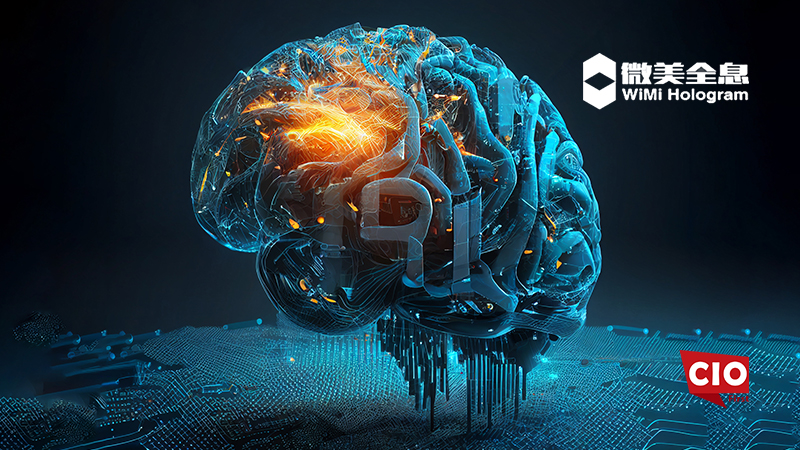WiMi Hologram Cloud Inc., a leading global Hologram Augmented Reality Technology provider, announced that it is researching a blockchain optimized data storage model based on Extreme Learning Machine (ELM) sharding. ELM is a machine learning algorithm based on artificial neural networks. The core idea of ELM is to initialize the connection weights between the input layer to the hidden layer randomly. Then through parsing, the connection weights between the output layer to the hidden layer are quickly calculated, and a simple and efficient neural network model is constructed by randomly generating the input weights and the bias of the hidden layer neurons. Compared with traditional neural network algorithms, ELM is characterized by fast training speed and strong generalization ability. Whereas sharding is a method of splitting data into multiple segments in a blockchain system, each of which can be processed and stored independently, sharding improves the performance of the blockchain system.
The ELM-based sharding blockchain data storage model divides the blockchain network into multiple shards, each of which needs to store and process only part of the blockchain’s data. Specifically, each slice only needs to store and verify the blocks and transaction data associated with it, without storing a full copy of the entire blockchain. This can greatly reduce storage requirements, lower storage costs, and improve the efficiency and performance of data synchronization. In this model, each slice can use ELM as its local storage and computation unit. ELM is an efficient machine learning algorithm with fast training and prediction capabilities. Each slice can use ELM to store and process its own blockchain data without relying on other slices or full nodes. This increases the efficiency of data storage and processing and reduces the dependency on full nodes.
Specifically, it is first necessary to split the original blockchain data into multiple segments and store these segments on different nodes, thus realizing the distributed management of data storage as well as achieving parallel processing of data. Each node only needs to store the sharding data it is responsible for, which greatly reduces the storage pressure of nodes. Each shard can be managed by one or more ELM nodes. ELM nodes use ELM algorithms to train and process the data. ELM is a fast and efficient machine learning algorithm that can process and analyze large amounts of data in a short period of time. Each ELM node can independently process and store the data sharding it is responsible for. This sharding technology improves the parallel processing of data, thus increasing the performance of the entire blockchain system. At the same time, since each node only needs to manage a portion of the data, it can reduce the cost of data storage and processing.
Also Read: Marvell Announces Accelerated Infrastructure for the AI Era Event
In addition, the ELM-based sharding technology can also provide higher data privacy and security. Since the data is partitioned into multiple segments and managed by different ELM nodes, even if one node is attacked or the data is leaked, it will not have an impact on the data integrity of the whole system.
The ELM-based sharding blockchain data storage model researched by WiMi can solve the problems of storage capacity and transaction speed faced by the traditional blockchain data storage model, reduce the storage cost, improve the efficiency and performance of data synchronization, and provide a more efficient way of data management and access to further improve the performance and scalability of the blockchain system. This model is of great significance in the application of blockchain technology and data storage models.
SOURCE: PRNewsWire
























